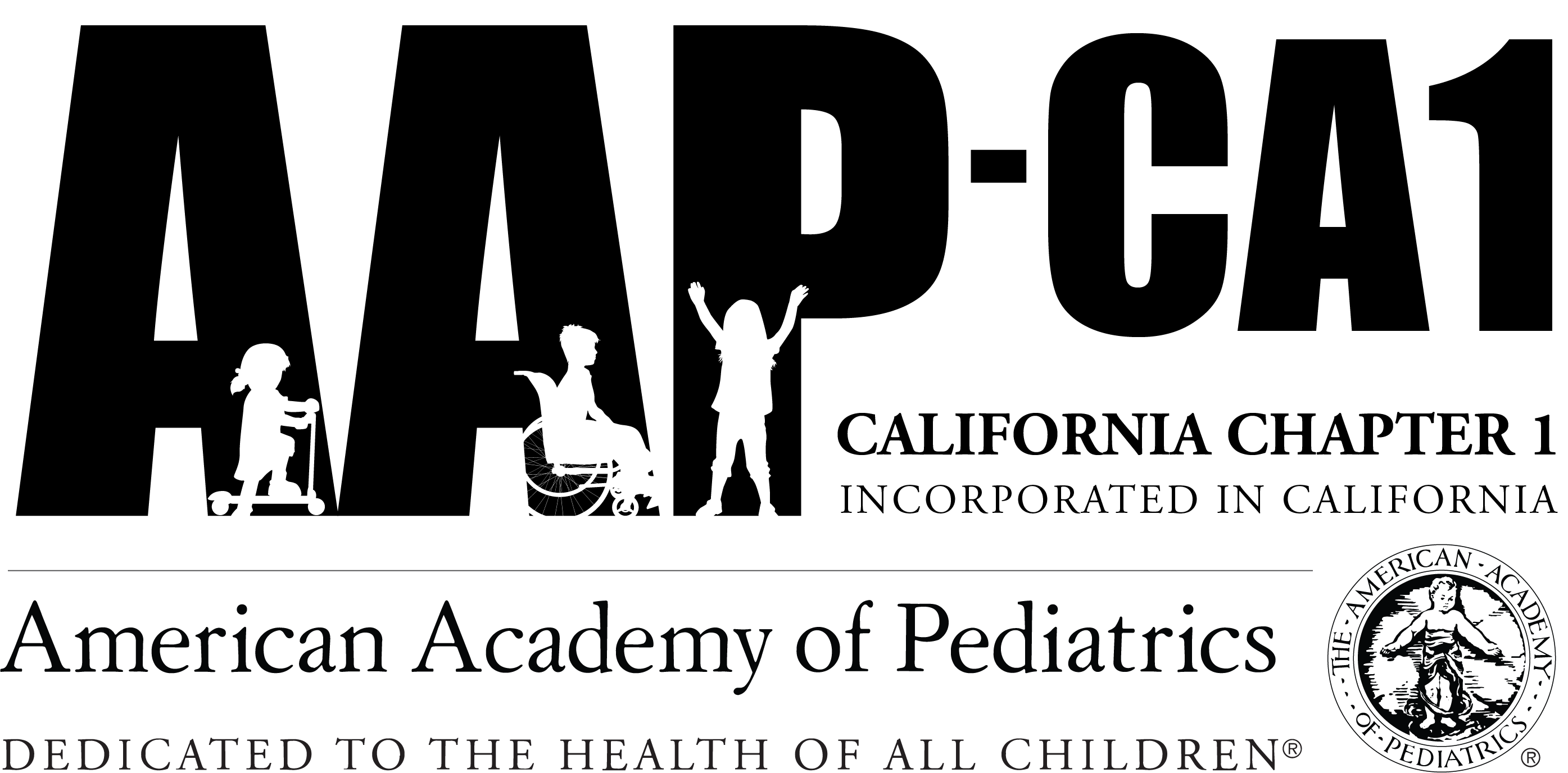Welcome to the third blog post for the CDC Project Firstline/AAP Partnership!
Picture This:
 You are seeing one of your regular patients who is a 7th grader. She is a generally healthy child, who is due for a couple of vaccines today. She is very bright and always has a lot of questions. Her mom, who accompanies her today, is on the school board. They have been discussing returning to school during the COVID pandemic. Overall your patient is happy to be back in the classroom but she is also feeling a bit nervous. Her mom wishes there was a vaccine available for her daughter at this time. They are hoping you can discuss with them how to stay safe from COVID while attending school.
You are seeing one of your regular patients who is a 7th grader. She is a generally healthy child, who is due for a couple of vaccines today. She is very bright and always has a lot of questions. Her mom, who accompanies her today, is on the school board. They have been discussing returning to school during the COVID pandemic. Overall your patient is happy to be back in the classroom but she is also feeling a bit nervous. Her mom wishes there was a vaccine available for her daughter at this time. They are hoping you can discuss with them how to stay safe from COVID while attending school.
Being on the school board, the mom is familiar with the site Safe Schools for all CA. She does, however, have some specific questions and is seeking resources, both to help her better consider her child’s safety and to be able to better discuss this topic with other parents and members of the school board.
Issues to Consider
QUESTION: What types of questions are you getting from patients and parents regarding COVID and safe return to school that you find challenging? Do you have specific resources you have found most helpful?
You recently reviewed this CDC information and attended a Grand Rounds on this topic so you feel comfortable discussing the main tenets of prevention in school;
these are:
- mask wearing
- physical distancing
- handwashing
- routine cleaning
- ventilation
- stable groups/cohorts
- symptom screening and appropriate testing strategies
You recently found these two key resources with regards to mask wearing on Face Cover Guidance and Effective Masks.
You discuss with your patient how masks protect others from the drops we create when we breathe, cough, sneeze, sing, shout and how these drops may carry COVID-19. You have come across a series of videos from the CDC Project Firstline series explaining this concept in a basic way and you provide this link to your patient and her mom.
 The mom is confused as to why it is that everywhere she goes, such as to the store, she is required to observe 6 feet of distancing but in school she has been told 3 feet of distancing is sufficient. You discuss this and refer her to this recent article that studied this question and found similar case rates with 3 feet vs. 6 feet of distancing when mask mandates were observed.
The mom is confused as to why it is that everywhere she goes, such as to the store, she is required to observe 6 feet of distancing but in school she has been told 3 feet of distancing is sufficient. You discuss this and refer her to this recent article that studied this question and found similar case rates with 3 feet vs. 6 feet of distancing when mask mandates were observed.
Teachers have asked the board to provide helpful educational tools with regards to hand hygiene. You give the mom this information from the CDC and this video from CDC’s Project Firstline series.
The mom has learned that the type of intensive cleaning recommended earlier in the pandemic is not still recommended but she does feel a review of routine cleaning would be helpful to share with school staff. You discuss this topic briefly and provide this link that has basic information regarding cleaning and disinfection. You also discuss the difference between cleaning and disinfection and provide this resource to a Project Firstline information video for a basic review of this difference.
The mom and her daughter are finding all of this very enlightening. The school board has been discussing how ventilation in buildings can be optimized and your patient is trying to understand this better since she has been discussing it with her mom. You discuss how SARS-CoV-2 particles can concentrate when ventilation is poor and how this translates to risk of infection. You discuss how appropriate movement of air can decrease spread from person to person and why risk of SARS-CoV-2 is less outside than inside. You provide the following links which explain these concepts and provide specific information to optimize ventilation in schools and other buildings: view here and available here.
You also provide these links to some more Project Firstline videos on ventilation and why ventilation matters.
It is time to end the visit as you are now far behind. You cannot believe how time flies! But your patient and her mom are grateful you took the time to share some of this information.
At the end of the clinic day you reflect on the conversation you had with your patient and her mom. You realize it has been a couple of months since you have reviewed clearing patients to return to sports after COVID-19 infection so you search for the most recent guidance. You are fortunate to find these three documents from the AAP-CA3 site on Return to Play After COVID-19, Interim Guidance on Returning to Sports, and COVID-19 and the Athletic Heart.
You review the articles and keep them for reference.
Issues to Consider
QUESTION: How have you approached the issue of athletes needing clearance after COVID-19 infection in your practice? Do you have any resources you have found especially helpful?
The next day you receive a call from the mom thanking you for the extra time you took with them at her child’s appointment. When she got home she realized that she had one more question so she thought she’d give you a call. The members of the school board are having trouble agreeing on the usefulness of daily symptom screening of students and she is wondering what you know about this topic. You have noticed that the private schools and public schools have been approaching this differently in your area and you have been concerned that perhaps this reflects disparities that have become so apparent during this pandemic so you recently educated yourself on this topic.
QUESTION: How have you seen pandemic related disparities reveal themselves in the patient population you serve?
You learned that the CDC does not currently recommend schools do daily symptom screening for children. This is based on a number of considerations including lack of evidence for its effectiveness. But the CDC does, of course, recommend children not attend school if they are sick. They do have a template for home based screening that parents can use. You provide this link which discusses this issue more in depth and has the template for parents.
While you were doing your research you found this chart so you saved a copy on your desktop:

Join the Conversation
-
- Topic
- Voices
- Posts
- Last Post
-
-
What strategy do you use to address vaccine hesitancy among your families?
Started by: Info Main in: Promoting Vaccination in Our Communities
- 1
- 4
-
4 years, 1 month ago
Graciela Wilcox
-
How do families’ opinions of the COVID-19 vaccine compare to other vaccines?
Started by: Info Main in: Promoting Vaccination in Our Communities
- 1
- 1
- 4 years, 2 months ago
-
What questions do you get from patients/parents on COVID and return to school?
Started by: Info Main in: Protecting People From Pathogens in Schools
- 1
- 3
-
4 years, 2 months ago
Graciela Wilcox
-
How have you seen pandemic related disparities reveal themselves in the patient population you serve?
Started by: Info Main in: Protecting People From Pathogens in Schools
- 1
- 1
- 4 years, 3 months ago
-
How have you approached athletes needing clearance after COVID-19?
Started by: Info Main in: Protecting People From Pathogens in Schools
- 1
- 1
- 4 years, 3 months ago
-
How much success have you had at achieving parity in telehealth billing?
Started by: Info Main in: Protecting People From Pathogens, Part 2
- 1
- 1
- 4 years, 4 months ago
-
What billing strategies have you used to facilitate telehealth in your practice?
Started by: Info Main in: Protecting People From Pathogens, Part 2
- 1
- 1
- 4 years, 4 months ago
-
What unique challenges does your office or patient population present?
Started by: Info Main in: Protecting People From Pathogens
- 1
- 1
- 4 years, 5 months ago
-
How would you approach coding/billing in a “visit” like this?
Started by: Info Main in: Protecting People From Pathogens
- 1
- 1
- 4 years, 5 months ago
-
What strategy do you use to address vaccine hesitancy among your families?
-
